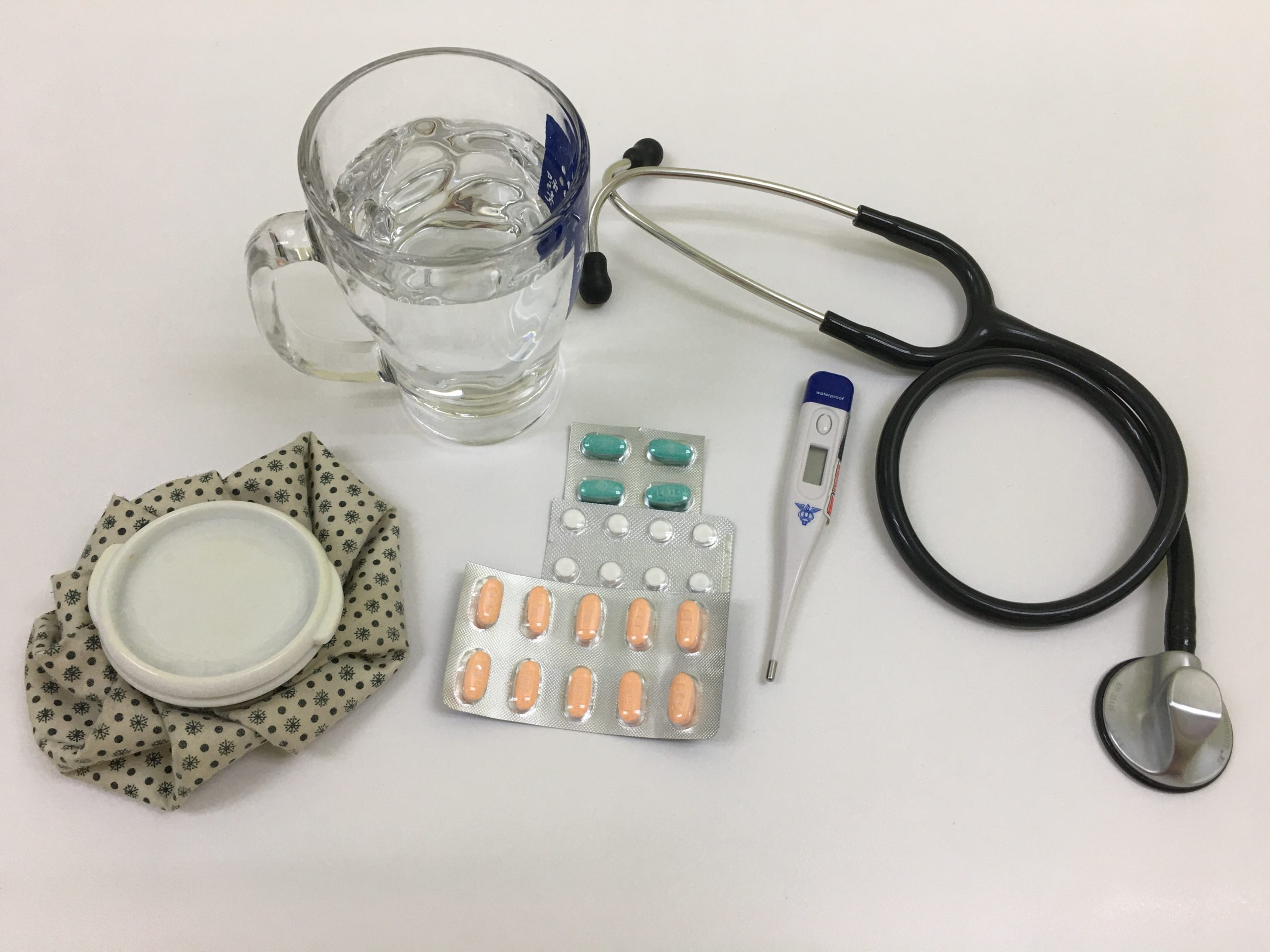Opinion & Analysis
“My employer will pay me if I’m off work ill” – Are you sure about that?
22 Sep 2021

I guess it’s fair to say that over the last 18 months we’ve all been more conscious about what we are spending our money on. Partly due to limited access to activities and facilities, but also where the household income may have been affected by lockdown or furlough.
There’s not a household in the country that has not been impacted in some way by the pandemic. We are likely to be more conscious of what is coming and going out each month, but do we really understand how much we would have coming in if we’re employed and unable to work?
One of the perceived barriers to taking out income protection is ‘my employer will provide me with sick pay.’ But how many customers really understand what their employer would pay them?
We have an employee population of around £20.5M in this country but I was shocked to read that 54% of employers only pay Statutory Sick Pay. To add to that 13% of employers pay no sick pay at all. So that’s 67% of employers providing their employees with £95.85 per week, or less, if they are unable to work due to illness.
On the plus side, 28% of employers do pay above Statutory Sick Pay, but that’s still less than a third of all employers. This is often done to attract and retain the best talents in a business but is generally more likely to be larger employers. Smaller employers may view the cost of this as something they just cannot afford to offer their employees.
If you are lucky enough to get additional sick pay from your employer that is only the first step. It’s important to understand how much, and how long this will be paid. The average time this is paid for is 53 days – that’s less than 2 months and 59% of employees have this linked to length of service with their employer.
So, what can we learn from this? There’s a phrase that we are all familiar with that was originally used in an episode of the ‘Odd Couple’ in 1973 using the word ‘assume’. I think you know the one! And that’s what you, and more importantly your customers, should never do when it comes to employer sick pay – never assume.
Two points to take away from this:
- Get talking about income protection – the figures speak for themselves on the opportunity here for you to prioritise this discussion with your customers.
- Get your customers to check their sick pay arrangements, in detail, with their employer before your first appointment with them. After all, they may not like what they find.
Data source:
Sickness absence and health in the workplace: understanding employer behaviour and practice – GOV.UK (www.gov.uk) Published 20 July 2021 – Info from Section 7.
Julie Higman, IP Proposition Manager, Aviva